Russia organized explosions at the Nord Stream 1 and 2 pipelines as part of an operation to cripple European economy, to unfreeze and launch the Nord Stream 2, and to create conditions to ensure it cannot be blocked further, as the alternative route is inoperable. This act of sabotage affects EU energy system.
On September 26, seismologists in Sweden and Denmark registered two powerful underwater blasts, shortly before gas leaks in Russian Nord Stream 1 and Nord Stream 2 pipelines were detected. The leak is near the Danish island of Bornholm, at 54.8762°, 15.4099° in ~70 meters of water.
One of the explosions of magnitude 2.3 was registered by 30 measuring stations in southern Sweden. The first explosion was recorded at 02:03, and the second at 19:04. The Maritime Administration reported the gas leak at 1:52 p.m. and at 8:41 p.m. Thus, it took 11 hours and 20 minutes between the first explosion and visiblesigns of damage.
Russia used to actively practice sabotage attacks on energy facilities.
In the summer of 1991, for example, a team of Baltic Fleet combat swimmers mined oil platforms in the North and Norwegian Seas. GS-301 Anatoly Guzhvin (hydrographic surveillance vessel, later converted into a special reconnaissance vessel) with 15 crew on board performed that task. 20 combat swimmers who placed the mines were transported by Triton-2 mini-submarine, with a special lock chamber in the hull installed for that purpose. The mines were cylindrical, approximately 4 meters long and nearly 0.5 meters in diameter, with directional explosive charge activated by remote control, and with a shelf life of 50 years. Such mines, in the summer of 1991, were placed on at least 5 Norwegian oil platforms near the Shetland Islands (60-62 north latitude and 1-4 east longitude) on the seabed, under the 3rd or the 4th pillars, masked as sediment cores and debris from platforms. The Triton-2 submarine dropped swimmers at a distance of 2-3 km from the platform. The mining went on further, with a peak in 1993-1994, but the exact locations of the mines are unclear.H I Sutton, Independent Defense Analyst on Submarines, Author of Covert Shores books also points out that in the past the USSR based spy submarines with special ‘seabed engineering’ capabilities in the Baltic. These are implicated in some of the famous ‘Swedish incursions’ of the late Cold War. Today the Russian Navy has the largest fleet of spy submarines in the world. They would be capable of damaging a pipe in the Baltic.
The RLI, in 2020, pointed to active reconnaissance by the Russians, as they prepared for undersea sabotage, but linked that to attacks on underwater communications cables.
Amid pipeline blasts, the data obtained by military intelligence of one of the NATO countries in the spring of 2021 require a reassessment. On April 14, 2021, some soldiers of the 342nd search and rescue unit of the Russian Navy Baltic Fleet aboard the multifunctional rescue vessel Rescuer Karev launched hidden underwater works in the construction area of Nord Stream 2. They worked exclusively when weather permitting: <2 points on the Beaufort scale, wind speed <6 m/s, with gusts up to 7 m/s.

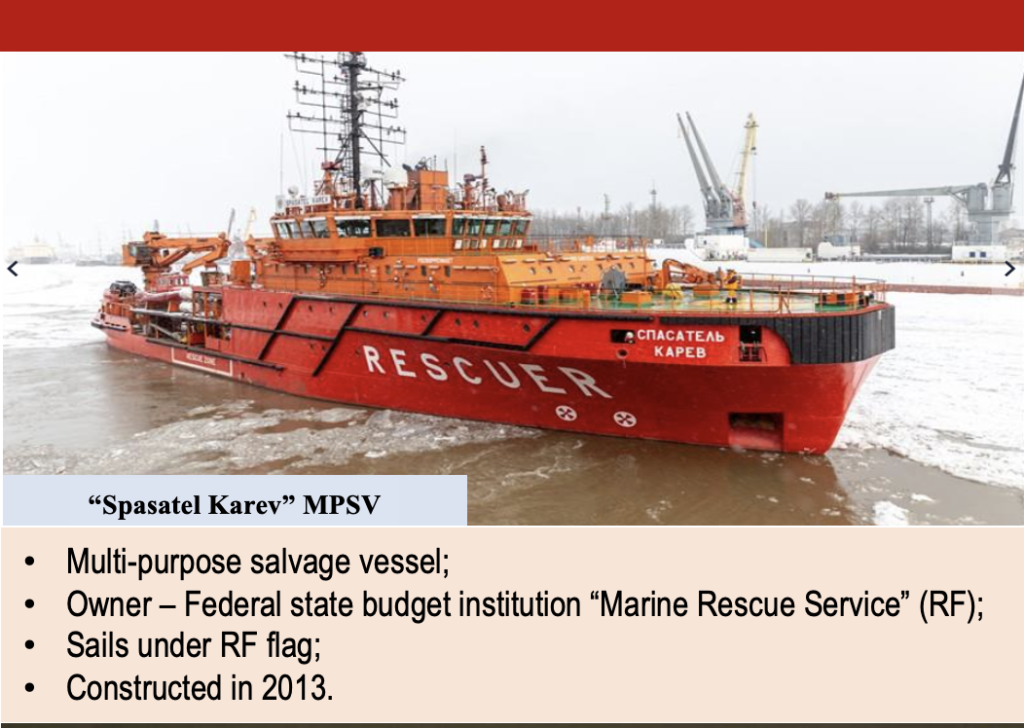
All support vessels, meanwhile, entered the 12-mile zone near Bornholm Island. On the night of April 21, 2021,half of the military unit (7 people) and some special equipment (large boxes of more than 100 kg) were brought to the multifunctional rescue vessel Bakhtemir by Berkut L-DC Arctica boat. Björn Lund, a member of the Swedish Seismic Network, says the pipeline blasts on September 26 could have been caused by the equivalent to more than 100 kg of dynamite or TNT that corresponds to the amount of Bakhtemir’s cargo.
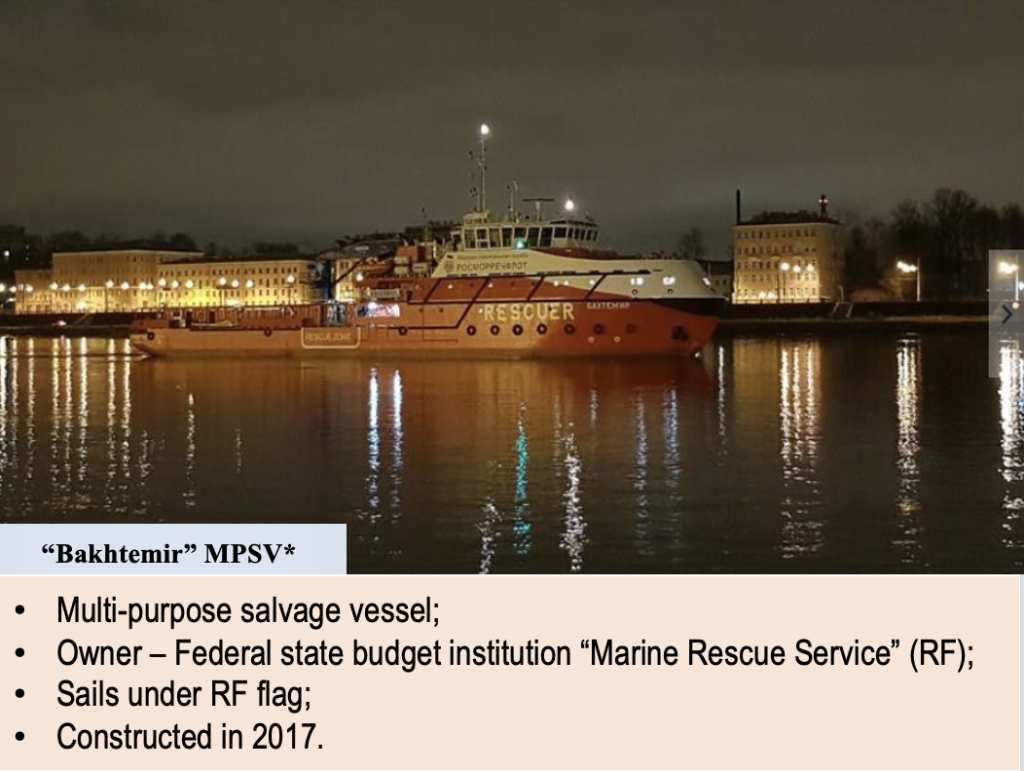
There is high probability, therefore, that Russia planned the possibility of sabotage attack on the pipeline well in advance, in case energy sabotage of Europe is needed amid a military conflict, for example.
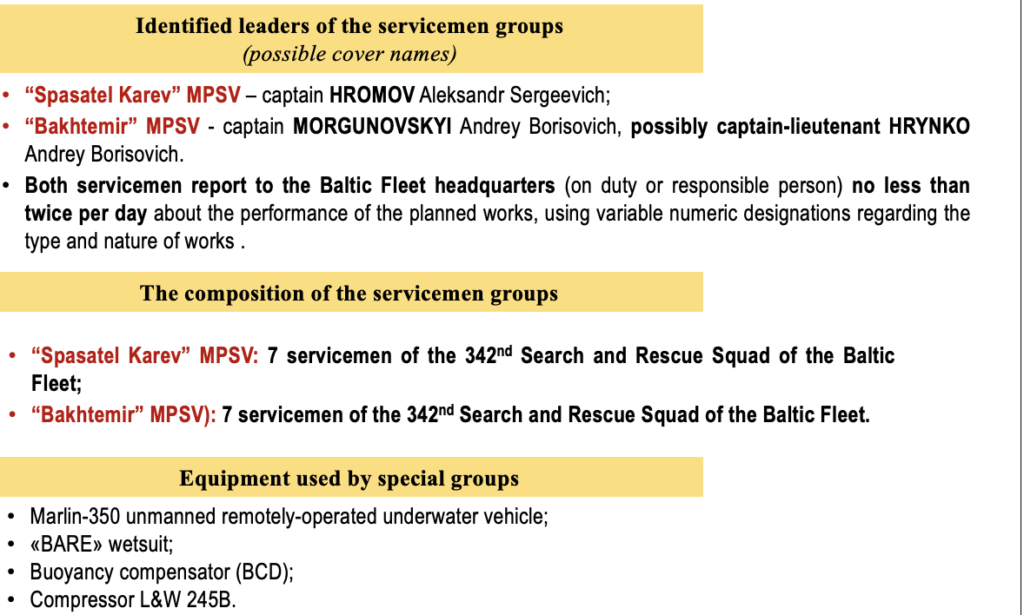
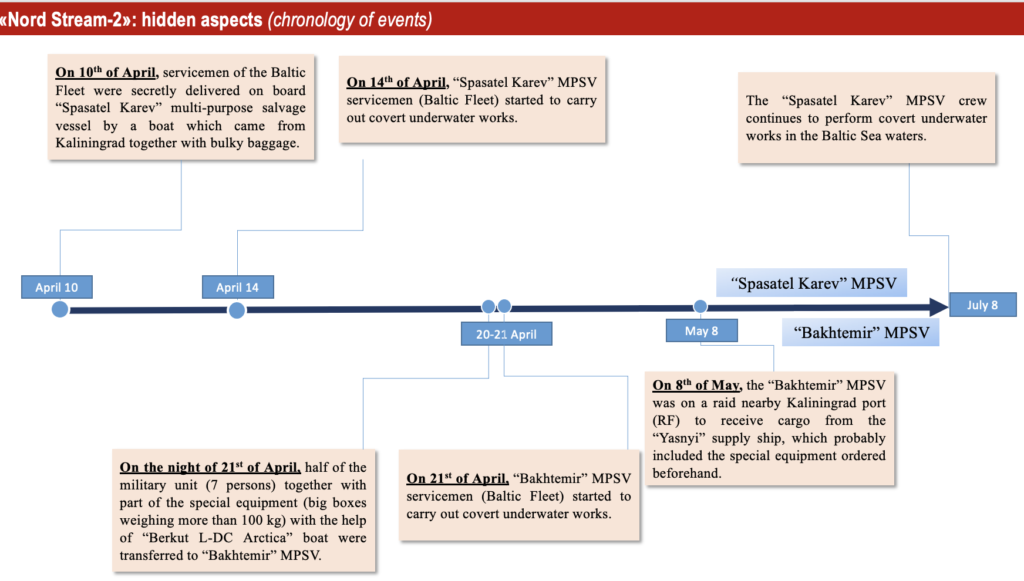
But we cannot rule out the scenario when the explosive device was planted by the GUGI (Main Directorate for Deep Sea Research) combat swimmers, delivered by submarine, who placed the charges a few days before the explosion.
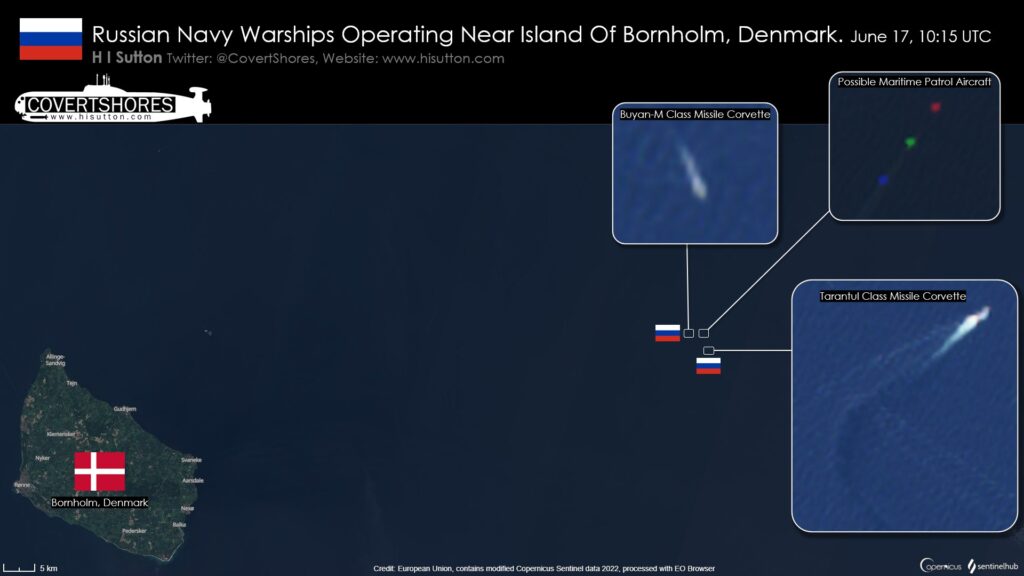
The most likely scenario why Russia could have organized a sabotage attack on Nord Stream 1 pipeline is:
• to halt any energy sanctions against Russia;
• to unblock Nord Stream 2;
• to avoid paying penalty payments under contracts;
• to put effective pressure on Europe through energy blackmail.
Berlin believes the sudden drop in pressure in both Nord Stream pipelines may be the result of a targeted terrorist attack on European gas system.
German intelligence is also examining Russian trace in the attack, according to the Financial Times.
The Prime Minister of Poland Mateusz Morawiecki shares the same view. He says this is a sabotage amid a new escalation around Ukraine.
The Kremlin is expected to launch a media campaign on US involvement in the sabotage in the coming days, which will intensify with new evidence of Russian involvement found.The sabotage attack on the pipeline also means numerous security threats, posed by Russian sabotage groups, for energy transportation functioning, as it ensures energy supplies to the EU. We believe the Russians have returned to Cold War tactics and operations that were planned and practiced for a full-blown conflict with the West.


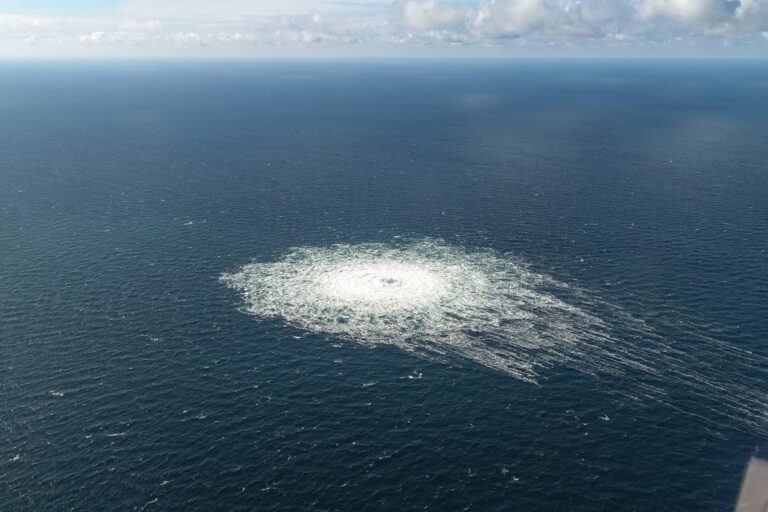
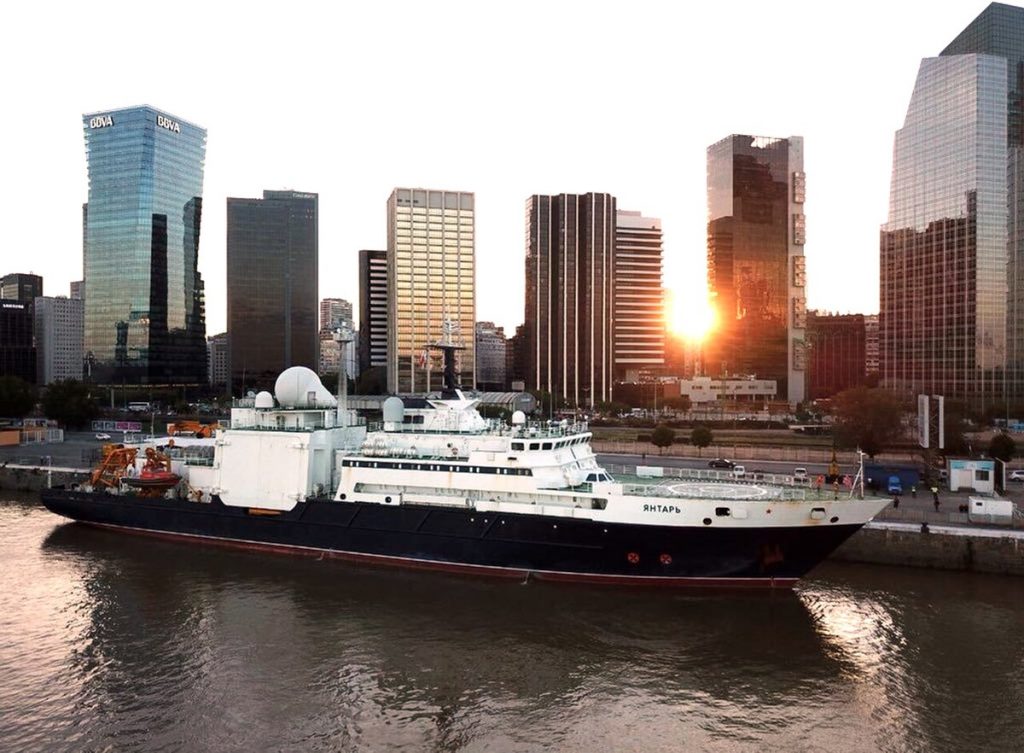



Pingback: Rosja zaatakowała system energetyczny UE - Robert Lansing Institute - Nowiny Polskie
Pingback: RLI: Kreml hodlá obvinit Washington ze sabotáže na plynovodech - Aktuální zprávy
Pingback: Росія хоче постачати газ до Європи “Північним потоком-2”: просить зняти санкції – HAZETA